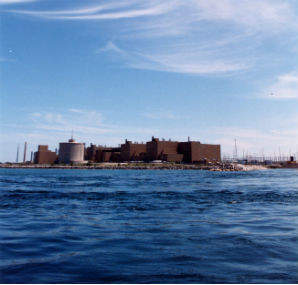Increased output from the Bruce nuclear station in Ontario, Canada, may have played a part in reducing the number of smog days in the province over the last decade.

Increased output from the Bruce nuclear station in Ontario, Canada, may have played a part in reducing the number of smog days in the province over the last decade.
Back in the summer of 2003 when the Bruce nuclear plant produced 6.22 TWh of electricity and there was 9.22 TWh of coal-fired generation, there were 19 smog days, according to Bruce Power, which operates the eight-unit pressurized heavy water reactor (PHWR) plant.
A decade on, the Bruce plant produced 11.6 TWh of electricity over the summer, with only 1.14 TWh generated from coal plants. There were just two smog days.
"This [2013] was the first summer in two decades that all eight Bruce Power units have been operational, providing the people of Ontario with carbon-free electricity to run their air conditioners when temperatures soared," Bruce Power said in a statement.
During summer 2013 the Bruce nuclear plant provided 30% of Ontario’s power, up from 23% during the summer of 2012 when units 1&2 were undergoing refurbishment.
Photo: Bruce nuclear plant in Ontario (Source: Bruce Power).
